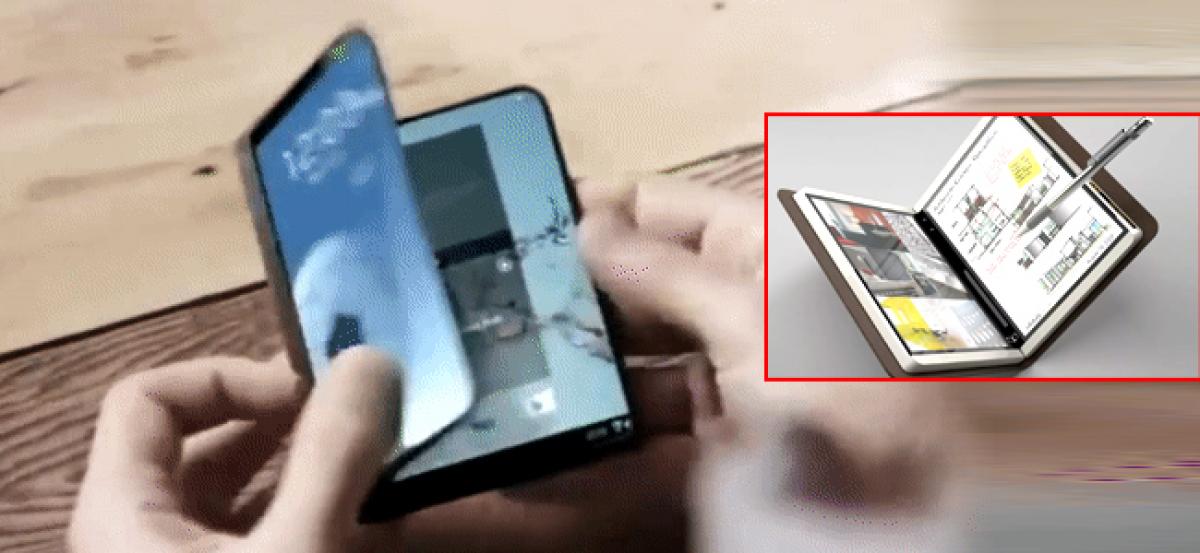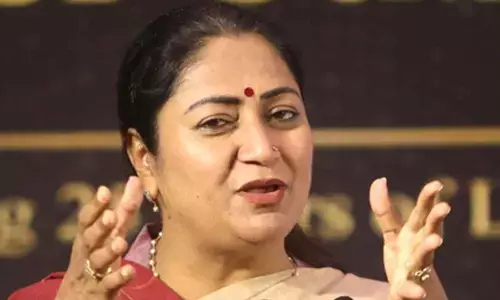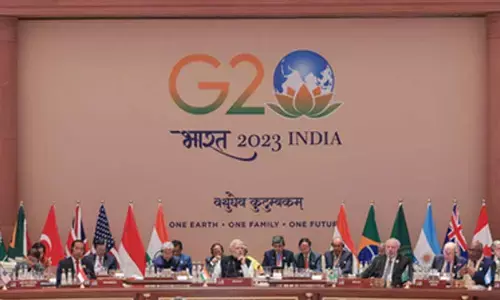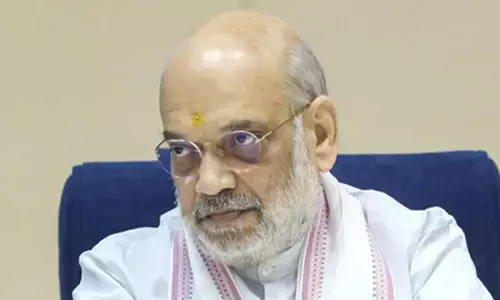Microsoft has been dreaming of a pocketable dual-screen Surface device for years

The Verge revealed last week that Microsoft wants to create a “new and disruptive” dual-screen device category to influence the overall Surface roadmap and blur the lines between what’s considered PC and mobile.
The Verge revealed last week that Microsoft wants to create a “new and disruptive” dual-screen device category to influence the overall Surface roadmap and blur the lines between what’s considered PC and mobile. Codenamed Andromeda, Microsoft’s project has been in development for at least two years and is designed to be a pocketable Surface device. Last week, Microsoft’s Surface chief, Panos Panay, appeared to tease a folding, dual-display device in collaboration with LG Display. We’re on the cusp of seeing the release of a folding, dual-screen, tablet-like device that Microsoft has actually been dreaming of for almost a decade.
The original source for a lot of Microsoft’s ambitions was a device called Courier. The secret incubation project was designed to be a dual-screen digital journal, and was in development around the same time as Apple’s iPad. “Courier was really about bridging the divide between the analog world and the digital world,” explained Jon Friedman, now chief designer of Office 365, in a talk at Microsoft Build last month. Concept videos and images of Courier leaked, showing off a dual-screen device with support for inking and touch.
While Courier is an obvious inspiration for Microsoft’s latest Andromeda experiment, the software maker has hinted at this type of device in its “future productivity” vision videos. The latest video, from three years ago, shows multiple devices with dual displays that fold and flip over to convert from a phone-like device into more of a tablet. These concepts are similar to the type of device that’s used in Westworld, where multiple screens with tiny bezels fold out to create a bigger tablet, or collapse into a more manageable phone-sized shape.
Microsoft’s previous concept videos have revealed the company’s future Surface products rather accurately. The Surface Hub 2 is manifestation of Microsoft’s obsession with large touchscreens, and even the Surface Studio and Surface Dial devices were shown in this same concept video. Bendable displays and folding phones are still a few years away from the mainstream, but it’s clear Microsoft has been anticipating this type of future device for quite some time.
Samsung has also been toying with the idea. The Galaxy maker provided its own concept video of a phone of the future back at CES in 2013, and it has been investing in curved and foldable screen tech ever since. Samsung recently started promoting foldable displays as a source of new revenue, suggesting that we might be very close to a device shipping. LG Display is also working on TV displays that roll up like a newspaper.
Unfortunately, this highly malleable display technology won’t likely be available to buy just yet. But less ambitious designs could help blend the two separate displays together on dual-screen devices in the near term. That’s an important element to any dual-screen device: make it look like a single tablet display when unfurled.
Whichever company manages to bring a convincing dual-screen device to market first will need to avoid the mistakes of previous attempts. Sony’s Tablet P tried to make dual screens work, but was let down by unoptimized apps and giant bezels that ruined the experience. More recently, ZTE’s Axion M has also given us an early look at the future of these dual-screen devices, but again the software and app support has been lacking.
Microsoft will really need to ensure the software works well enough to realize its dual-screen device dreams. Making apps scale across ever-changing display sizes and formats will be the most difficult challenge for any hardware maker to succeed with. But if any company is successful, then we might be witnessing an interesting era of smartphone and tablet devices.
Source: techgig.com














